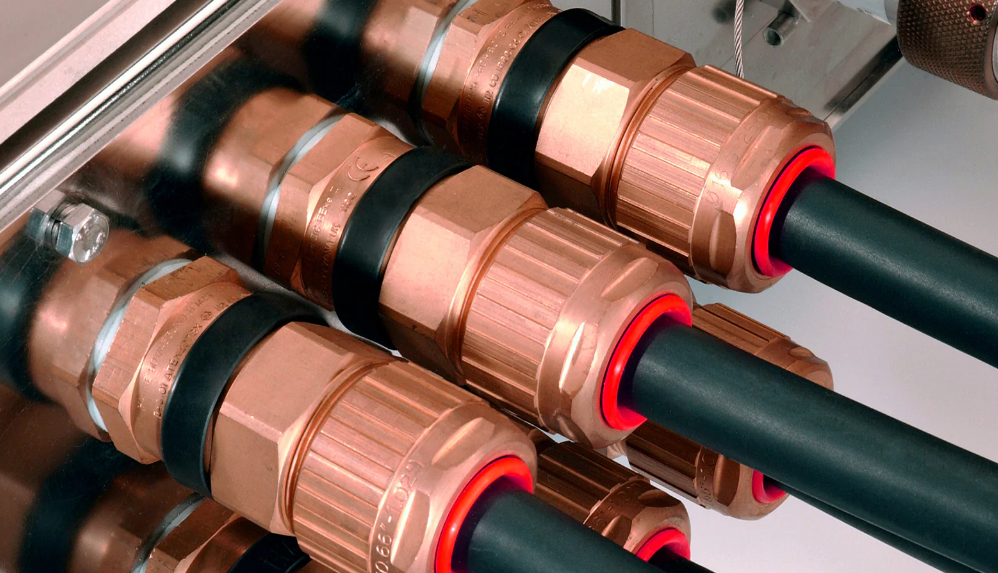In the realm of electrical engineering, every component plays a critical role in ensuring the safety and efficiency of an installation. One such component is the cable gland. This often-overlooked part is essential for securing and protecting electrical cables as they pass through enclosures, panels, or equipment.
What is a Cable Gland?
A cable gland is a device designed to attach and secure the end of an electrical cable to the equipment. It serves multiple functions, such as providing strain relief, grounding, insulation, bonding, and sealing. They are commonly used in industrial, commercial, and residential electrical installations.
Types of Cable Glands
There are several types of cable glands, each tailored to specific applications and environments:
1. Industrial Cable Glands
These are robust and designed to withstand harsh conditions, such as exposure to chemicals, extreme temperatures, and mechanical stress. They are typically used in manufacturing plants, refineries, and other heavy-duty applications.
2. Ex Cable Glands
Ex cable glands are used in hazardous areas where there is a risk of explosion. They are made to meet stringent safety standards to prevent sparks and contain any explosion within the equipment.
3. EMC Cable Glands
These are used in applications where electromagnetic compatibility (EMC) is critical. They prevent electromagnetic interference, ensuring the reliable operation of sensitive electronic equipment.
Importance of Cable Glands in Electrical Works
Cable glands are vital for several reasons:
- Safety: They prevent dust, dirt, and moisture from entering the equipment, which can cause short circuits or other malfunctions.
- Protection: Cable glands protect cables from mechanical damage, which can lead to wear and tear over time.
- Sealing: They provide a secure seal that maintains the integrity of the enclosure, ensuring that it remains watertight or explosion-proof as needed.
- Strain Relief: Cable glands offer strain relief, preventing cables from being pulled out or damaged due to mechanical forces.
Integration with Electrical Plugs
In many electrical installations, especially in domestic settings, electrical plugs are often used in conjunction with cable glands. They secure the cable entering the plug, ensuring a tight seal and reducing the risk of any external elements causing damage or interference.
Conclusion
The cable gland is an indispensable component in electrical works, providing essential protection and safety. By securing and sealing cables, it ensures the longevity and reliability of electrical systems, whether in industrial, commercial, or residential settings. Understanding the application of cable glands and choosing the right type for your needs is crucial for any successful electrical installation.

